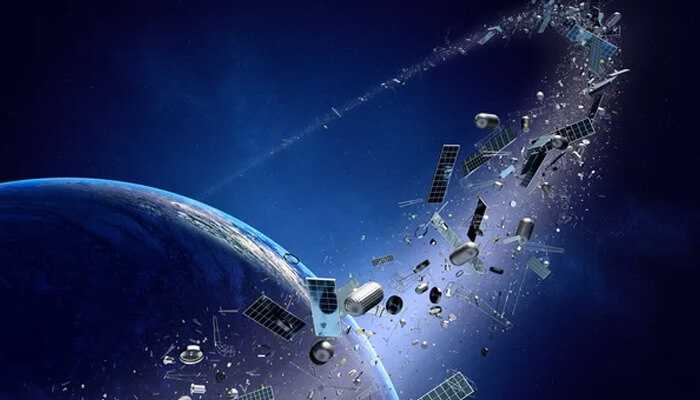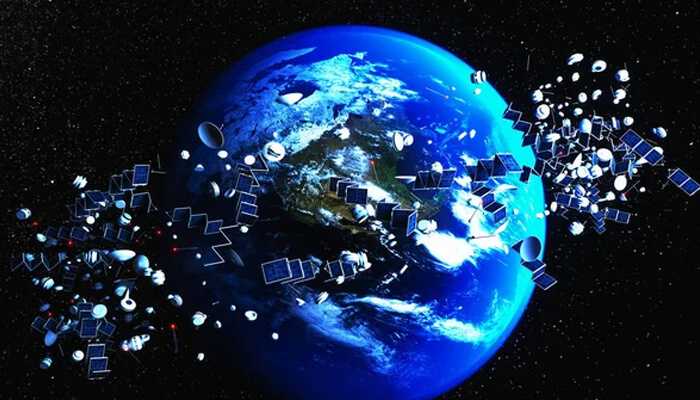The US government has fined a business for sending space trash into Earth’s orbit for the first time ever. Dish Network was assessed a $150,000 (£125,000) fine by the Federal Communications Commission for failing to relocate a defunct satellite far enough from active ones.
In relation to its EchoStar-7 satellite, the corporation acknowledged responsibility and consented to a “compliance plan” with the FCC.
The term “space junk” refers to technological components that are no longer in use and are in orbit around the Earth.
Old satellites and pieces of spacecraft are included in what is officially referred to as space trash.
The FCC claimed that at its present height, Dish’s satellite constituted a possible threat to other spacecraft orbiting the Earth.
The geostationary orbit of Dish’s EchoStar-7, which was initially launched in 2002, begins at a height of 22,000 miles (36,000 km) above the planet’s surface.
The satellite was supposed to be moved by Dish 186 miles farther from Earth, but after it ran out of fuel in 2022, it had only been moved 76 miles.
According to Loyaan Egal, director of the FCC’s enforcement department, “we must ensure that operators comply with their commitments as satellite operations spread and the space economy grows.”
This historic agreement demonstrates the FCC’s strong enforcement authority and capacity to uphold its crucial space debris regulations.
A minuscule part of Dish’s total income, which was $16.7 billion in 2022, is represented by the $150,000 fine.
Dr. Megan Argo, senior lecturer in astrophysics at the University of Central Lancashire, claims that the penalty may still have an effect on other satellite operators.
Dr. Argo predicted that the fact that they had really exercised their regulatory authority for the first time would at the very least cause the rest of the sector to sit up and take notice.
“The fact that they have already utilized it indicates that they will probably do it again.
“Collisions that result in high-speed debris are more likely to occur the more objects we have in orbit. Continued collisions with other spacecraft, which could result in the creation of additional debris, could happen.
Since the first satellite was launched into orbit in 1957, an estimated 10,000 have been put into orbit; more than half of them are no longer in operation.
More than 25,000 bits of space debris longer than 10 cm exist, according to NASA.
Bill Nelson, the head of NASA, told the BBC in July that space debris was a “major problem,” which required moving the International Space Station out of the line of passing debris.
Even a paint chip traveling at orbital speed, 17,500 miles per hour, might strike an astronaut performing a spacewalk. That might prove fatal, he warned.
Bottom Line
Old satellites and spacecraft fragments are included in what is formally referred to as space trash.
According to the FCC, Dish’s satellite, at its current height, constituted a possible threat to other spacecraft orbiting the Earth.
The US government has fined a firm for littering Earth’s orbit for the first time.



